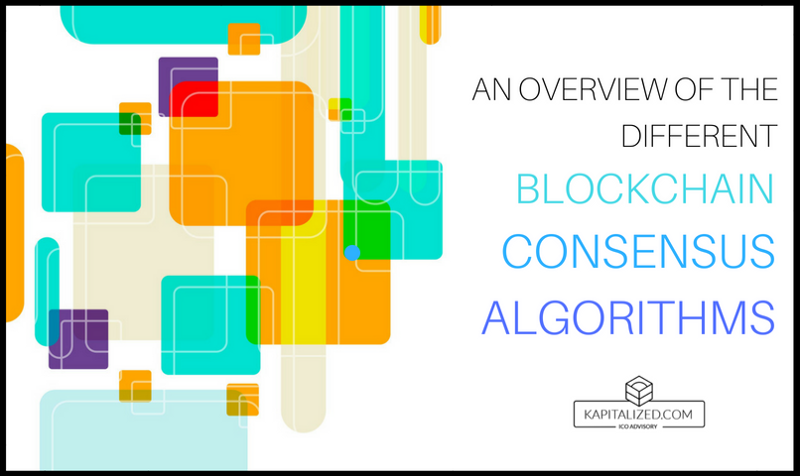An Overview of the Different Blockchain Consensus Algorithms

Although more casual, less-technical crypto-enthusiasts might not know much on this topic, an essential aspect of any cryptocurrency project is the consensus algorithm that it utilizes. These algorithms accomplish two major objectives. Firstly, it ensures that the next block in a blockchain is the true, master-version of the details.
Secondly, it makes sure that those looking to take advantage of the system and fork the chain are stopped. Either way, the point is that consensus algorithms are the way that cryptocurrencies ensure that their digital tokens aren’t victim to double spending. While essential, there have emerged a wide variety of consensus algorithms amongst the various cryptocurrencies, each with their own pros and cons.
Below we will cover each one of them in more detail, but it’s also important to know some history behind how consensus algorithms came onto the scene. Before Bitcoin emerged, there were many different digital proto-currencies that failed because they weren’t able to solve the problem of creating consensus, or an agreement, between the millions of tokens that would exist in the marketplace. When applied to the real world, this analogy is similar to the situation between our computers and their communication systems.
While there were some early solutions poised to fix this issue, it wasn’t until Bitcoin’s success that the Byzantine general’s problem found itself with a practical solution.
Source: medium.com